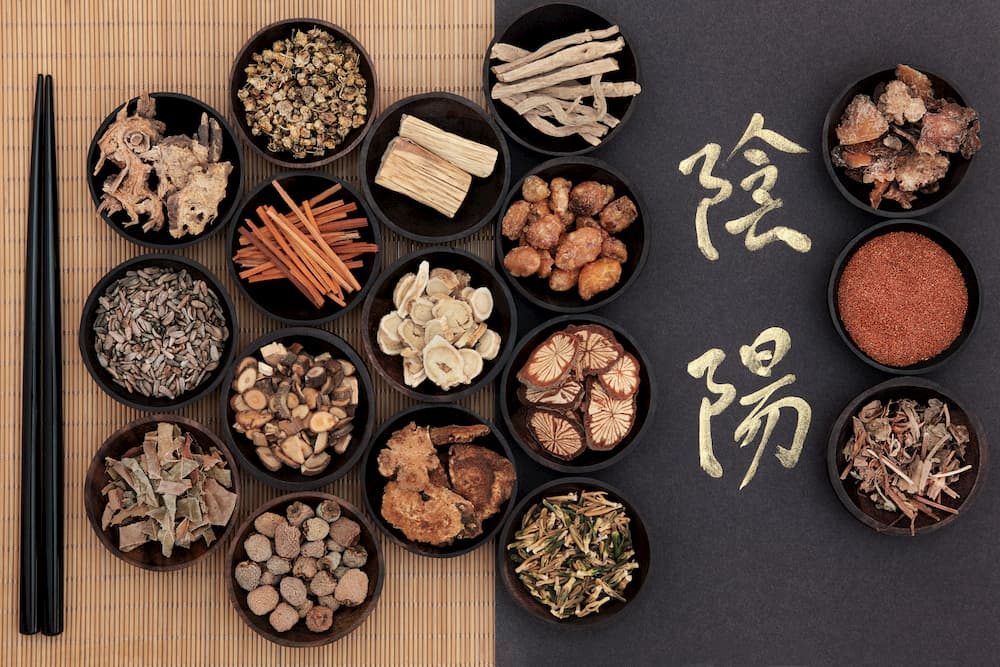
Health Preservation in Ancient China
Splendid
Chi Culture
Topic
Health Preservation in Ancient China
Traditional Chinese health preservation methods share a common feature with Chinese medicine in their emphasis on yin and yang, and the five elements, for both are derived from the philosophy of the ancient Chinese understanding of nature and the human body. The ancients believed that regardless of the nature of the universe or the changes of human activities, both have the same laws. Grasping these laws governing natural change can be beneficial to avoid harm, prevent illness, and preserve health. Therefore, health preservation of the ancients emphasized the correspondence between heaven and humankind, and the idea of the Way imitating nature, so the regular pattern of a person’s daily activities should be coordinated with climactic changes and the natural environment. Because ancient Chinese philosophy especially valued spirit and morality, which find expression in the methods of health preservation, these methods also especially value spirit preservation, and advocate nurturing both body and spirit and support moderation of activities.
Already in the Shang period (ca. 1600–ca. 1100 BCE), people had concepts of longevity and started to explore health preservation methods. The understanding and theories of nature and the human body of pre-Qin Masters established the basic principle of health preservation methods. Through the quests for immortality and financial support of those in high positions such as First Emperor of the Qin (r. 246–210 BCE) and Emperor Wu of the Han (r. 141–87 BCE), health preservation methods in the Han (206 BCE–220 CE) and Tang (618–907) periods were taken down the erroneous path of concocting elixirs of immortality. In the Song (960–1279) and Yuan (1271–1368) periods, medicinal health preservation gradually returned to the right track and began to value the efficacy of dietary treatment. By the time of the Ming (1368–1644) and Qing (1644–1911) dynasties, a great number of dietary treatment formulas appeared and health preservation methods entered a flourishing period. In modern times, along with Chinese medicine, traditional health preservation methods accepted the challenge of Western medicine and entered a period of reform and innovation.
The study of Chinese traditional health preservation more or less experienced growth like the blooming of a hundred flowers. It developed into a process involving the fusion of theories and the combined use of various methods. There appeared many schools that had their own focus and their own systems of health preservation theories and methods.
The spirit preservation school is a health preservation method that mainly focuses on preserving the spirit. Chinese medical theory considers jing, qi, and shen as the three treasures in the human body. Jing is the basic material that composes the human body and maintains life; qi is the primordial breath from heaven and the motive force created by merging the vital essence of water and grain together with the air one inhales from the atmosphere. Shen means all consciousness, perception, and mental activities. All those three interact with each other, but are led by shen.
The nurturing school is the health preservation school focusing on physical exercise training. Using movements to preserve the physical body began with Zhuangzi (ca. 369–ca. 286 bce). He promoted daoyin (literally “guiding and pulling,” which was the forerunner of Daoist yoga and calisthenics for health preservation. In the Han and thereafter, health preservation methods of exercise further developed, Hua Tuo (ca. 140–208) established the “Wu qin xi” (Game of the Five Animals or Form of the Five Animals), and the life preservations techniques of daoyin and qigong continued unabated. The Song dynasty saw the establishment of the Ba duan jin (Eight pieces of brocade); in the Ming and Qing periods, Taiji quan flourished. The physical fitness training methods that have emerged in recent years all have inherited and developed ancient Chinese methods of nurturing the body.
The lifestyle health preservation school focuses on taking care of daily life; its range is quite broad, but mainly has two principles: normal lifestyles should generally obey the four seasons; one should seek appropriate moderation in work and rest. Normal lifestyle indicates the need for regularity in one’s work and rest; seeking appropriate moderation in work and rest means that daily life cannot be completely still, but also cannot go to extremes.
The dietary health preservation school uses appropriate food and drink for the purpose of benefiting jing and qi, harmonizing the internal organs, resisting aging and extending life. Confucius (551–479 BCE), Sun Simiao (581–682), Su Shi (1037–1101), Lu You (1125–1210), Hu Sihui (fl. 1314–1330), Li Dongyuan (1180–1251), Yuan Mei (1716–1798) and other historical health preservation scholars all highly valued dietary health preservation.
The herbal medicine school is a health preservation school that used the taking of medicines, balancing yin and yang, benefiting the internal organs, qi, and blood to resist aging and extend life. Successive generations continuously did research and compounded anti-aging medicine. By the Spring and Autumn (770–476 BCE) and Warring States (475–221 BCE) periods, people even wanted to discover an immortality “elixir” from medicines. The practice of taking medicine then began. From the Qin (221–206 BCE) to the Tang, people eventually were taken down the wrong path of concocting elixirs. After the Tang, people started using animal and plant medicine to preserve health; then herbal medicine health preservation was finally back on the right path.



